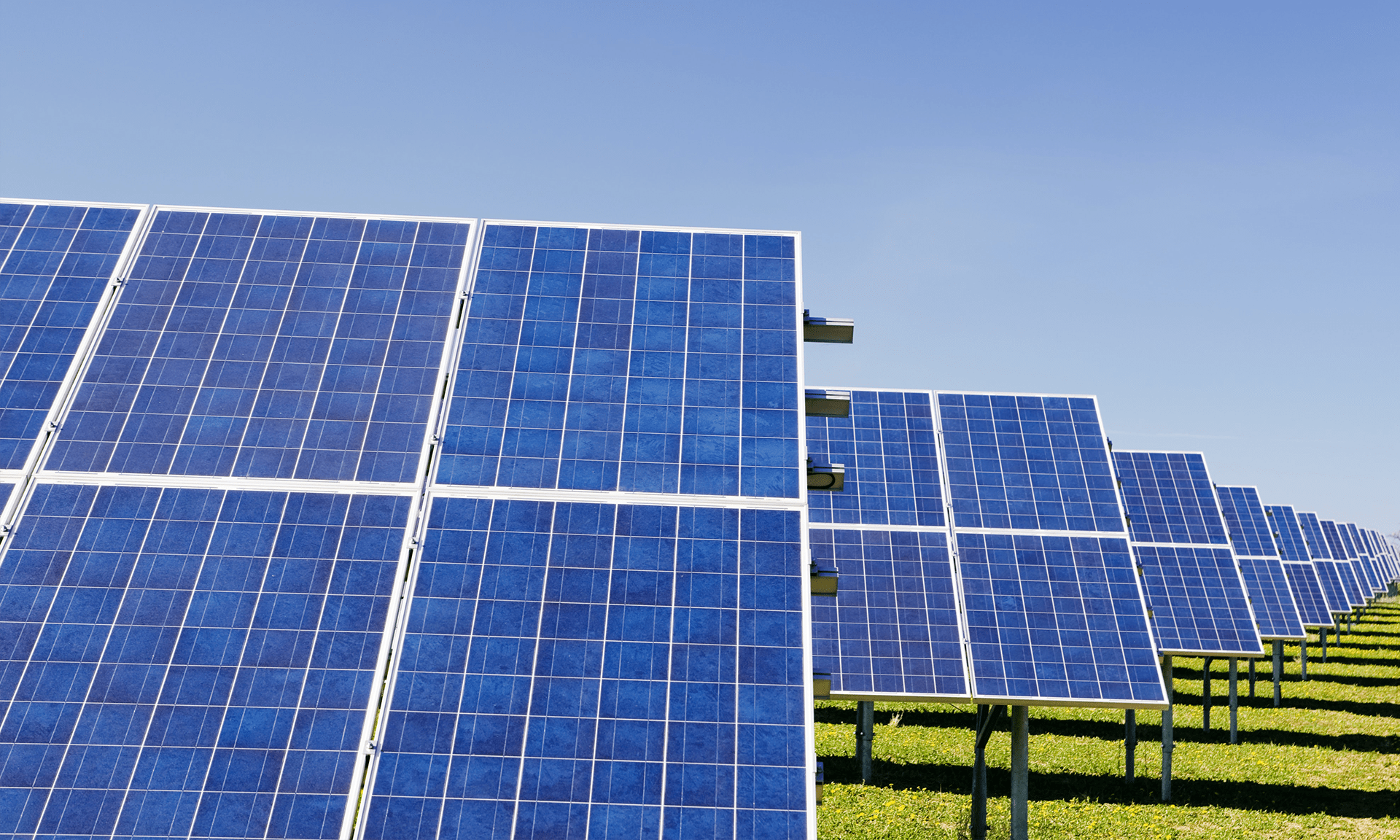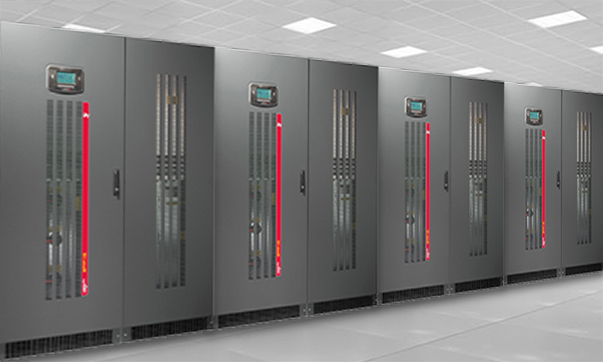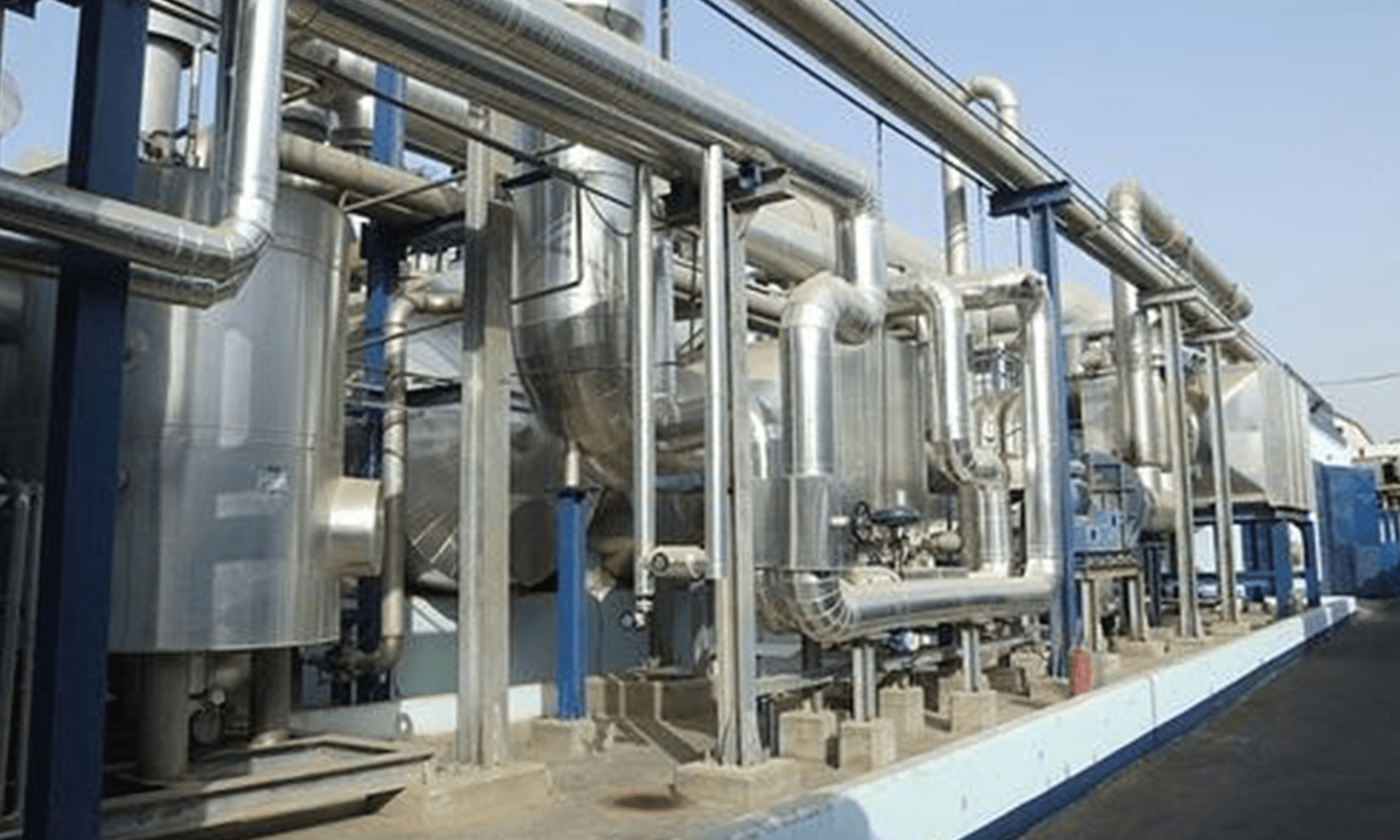Sustainable Technology
Not a modern buzzword, but a pressing priority marking its stature in the world of Applied science. With a vision of care, Uma Group acknowledged signing into the ecological alleys to meet the large energy requirements.

Solar Panel
Scarcity remains merely an expression when the ultimate source of energy is harnessed to generate electricity. Uma believes in collecting energy naturally replenished on a human timescale from the sun rather than digging in the earth. The Uma group is partially Solar powered with thermally insulated panels which produce more than 7,20,00,000 units/annum. The model placed in the gamut of the sun employs its photovoltaic cells to convert the accumulated solar heat into functional energy. The group is aiming towards making the entire house equipped with renewable solar energy generating units.
UPS System
Uma believes that the best services encapsulate minimum Process wastage and smooth functioning. The UPS systems have a built-in bypass to route, replenish, and maintain the flow of utility power around the systems and directly to the ITEs when necessary. The agenda is to sustainably prevent the interception in routine operations caused by the electrical transient, voltage sags, and burnouts. The catch is to enable stored energy to be delivered back to the grid for future use, maximizing the overall energy utilization and hence improving the productivity of the manufacturing unit to work at its best.


Ink Cooling Systems
Our company’s commitment to reducing the carbon footprint is Unwavering. We demonstrate this commitment to going green by powering our printing facilities with heat exchangers to control the temperature of inks and solvents. In order to lower carbon emissions and recover lost material, these cooling systems take the edge off the evaporation of chemicals and inks. Not only the mainstream machinery but the term “Water-based inks’ is also a depiction of eco-friendly right from the stage of production to that of disposal. From eliminating fire hazards to preventing bioaccumulation of solvent waste, water-based inks cause no difference in the color strength, adhesion, and drying rate of the packaging material. It shows a reduction in cost as well as volatile organic emissions over solvent-based inks.
This structure will enable solvent fumes to be used as an ecological alternative for carbon-rich PET coke. Through the process of condensation, the fumes from machinery exhausts will be extracted and diverted to the boiler to heat the thermic oil. This process will help retain the lost materials and will be used to heat the thermic oil in the boiler. This works in favor of the purpose of executing an effective energy compensation. The rising need for solvents has inadvertently boosted waste production and at the same time geared the accumulation of toxic pollutants in landfills. With this superstructure machinery that is designed to optimize an all-inclusive solvent recovery, we will incorporate a sustainable strategy for our underlying framework.

Uma Group Ltd © 2023. All rights reserved.
Designed & Developed by Team PR Waale – Public Relations Services
Uma Group Ltd © 2023. All rights reserved.
Designed & Developed by Team PR Waale – Public Relations Services